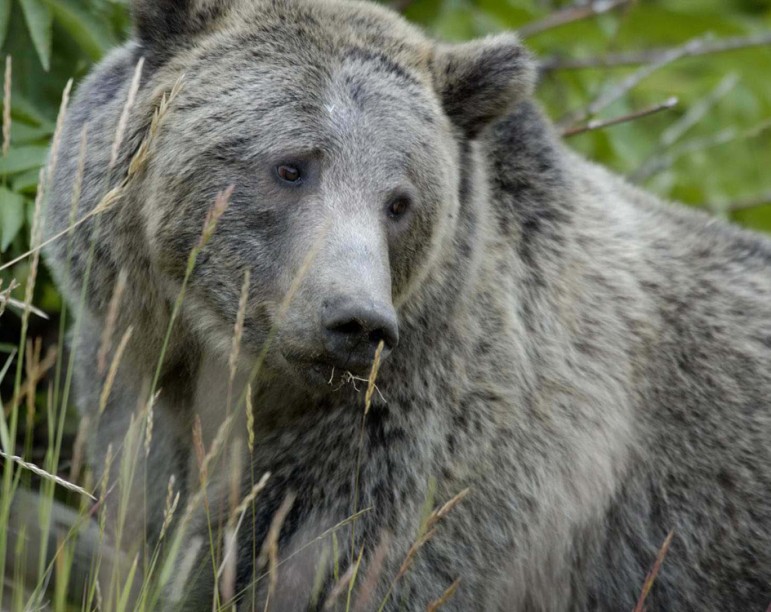
Bears are out of hibernation and active again in Grand Teton National Park and the John D. Rockefeller, Jr. Memorial Parkway. Park staff received reports of a group of bears seen recently near the Blacktail Butte which lies just east of the park’s Moose headquarters campus.
Long-term data indicates that 50 percent of adult male bears are out of their winter dens by mid-March each year, and females with yearlings often emerge shortly after, according to a statement released by the park’s public affairs office.
Both local residents and park visitors should be alert for the presence of bears throughout all areas of the park and parkway.
When bears leave their winter dens, they search for any food source that will help restore fat reserves lost during hibernation. Winter-killed animals provide immediate sources of protein, and hungry bears will strongly defend this and other food sources against perceived threats. Carcasses and freshly killed animals should serve as a point of caution—a red flag to detour away from the area. As snow banks recede, bears also dig up wildflower bulbs and burrowing rodents.
Now that bears are awake, appropriate precautions must be taken. Park visitors need to exercise common sense and good judgment, stay alert, and follow these recommended safety precautions while skiing or hiking:
- Make noise
- Travel in a group of three or more
- Carry bear spray and know how to use it
- Maintain a 100-yard distance from bears at all times
Park visitors are reminded to never approach a bear under any circumstances.
People should report any bear sightings or sign to the nearest visitor center or ranger station as soon as possible. Timely reporting will help park staff to provide important safety messages about bear activity to other visitors.
Access to human food and garbage is a death sentence to a bear. When bears lose their fear of humans, they often become a nuisance and a safety concern. Park visitors are reminded to keep food, garbage and other odorous items unavailable to bears at all times by storing these attractants inside vehicles, by disposing of garbage in bear-resistant trash cans or dumpsters, and by keeping personal items—such as backpacks or drink containers—with them at all times, especially when they contain food or food odors.
For further information on how to behave when hiking, camping or picnicking in bear country, read the park’s newspaper, Grand Teton Guide, online at www.nps.gov/grte .
